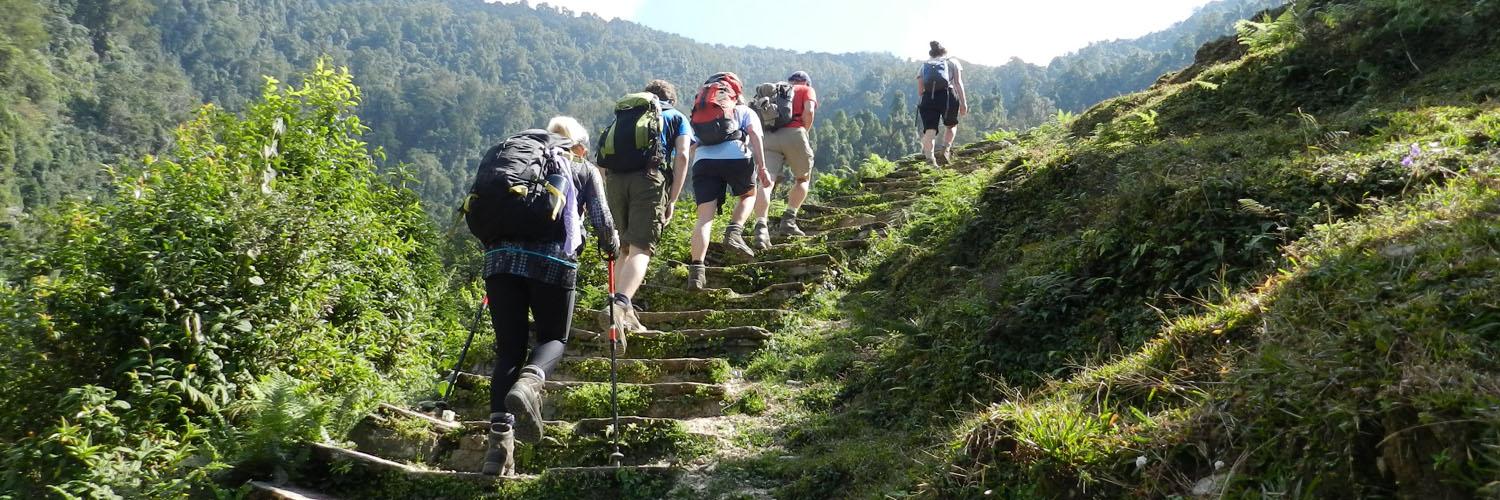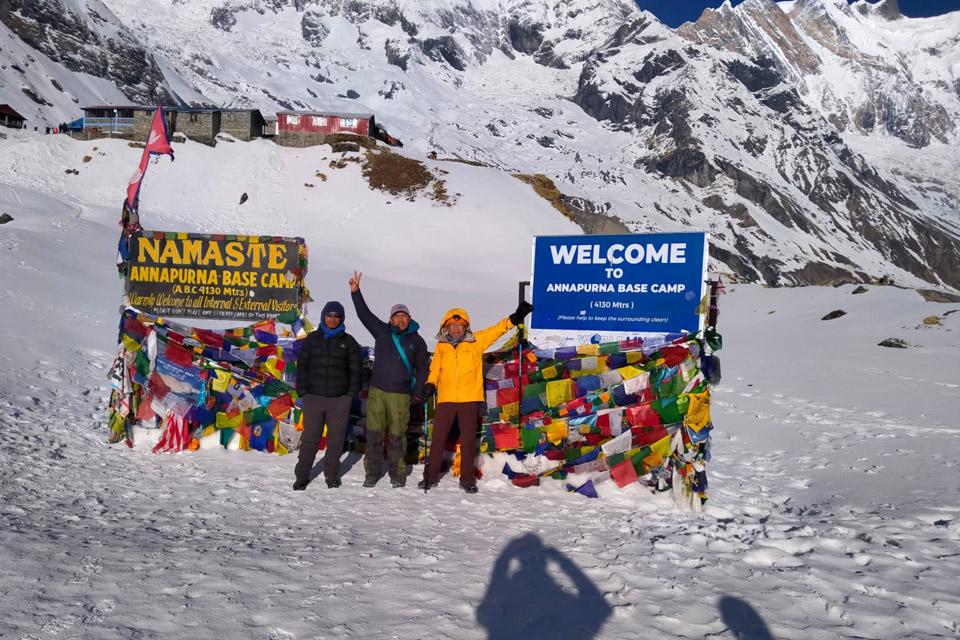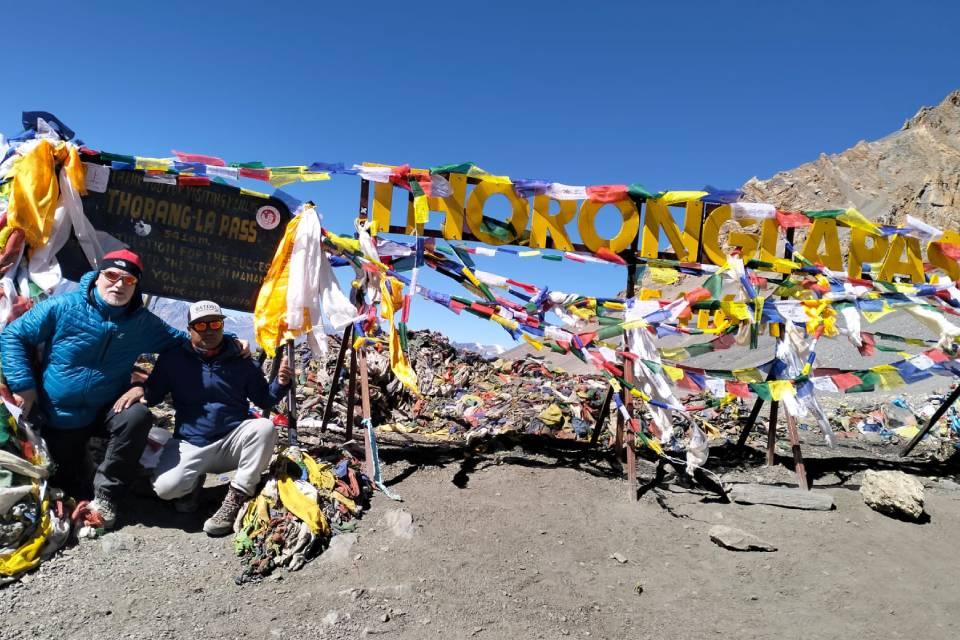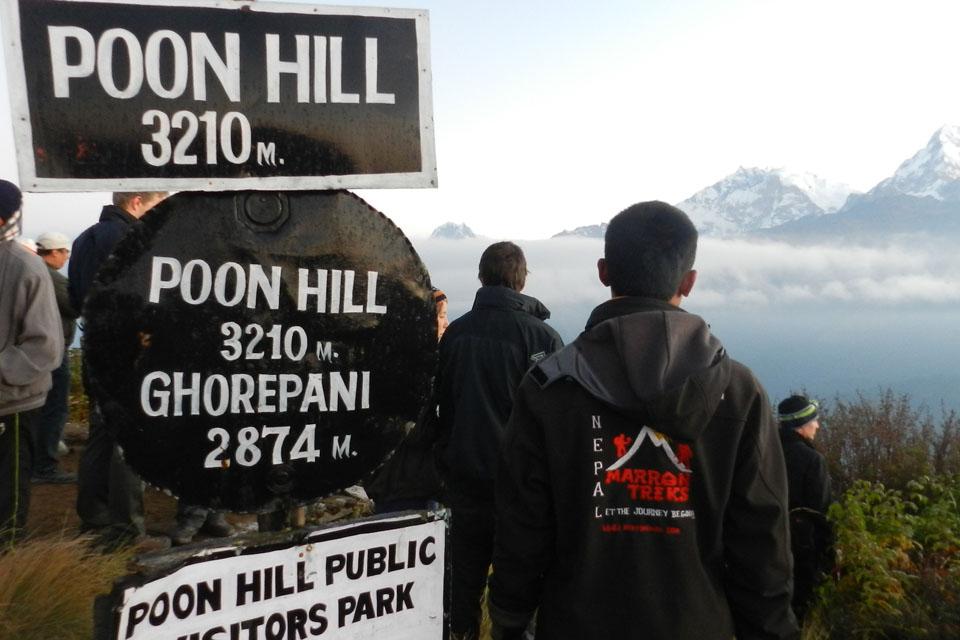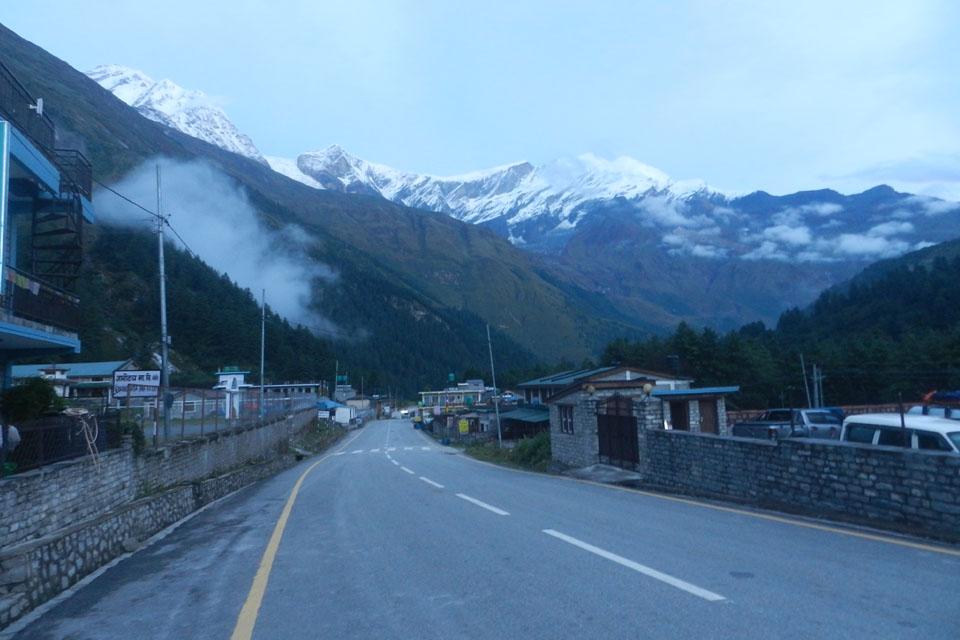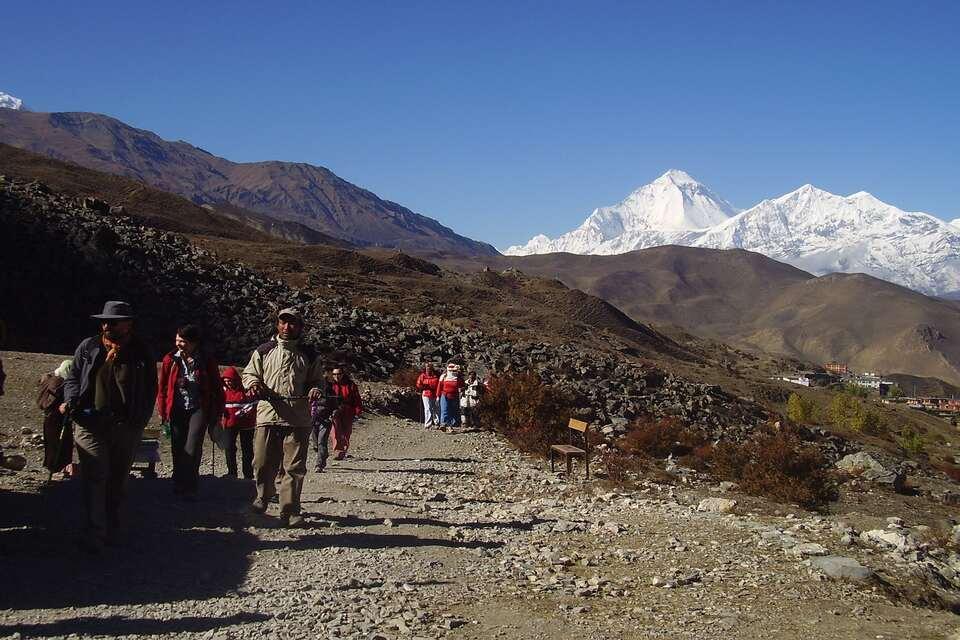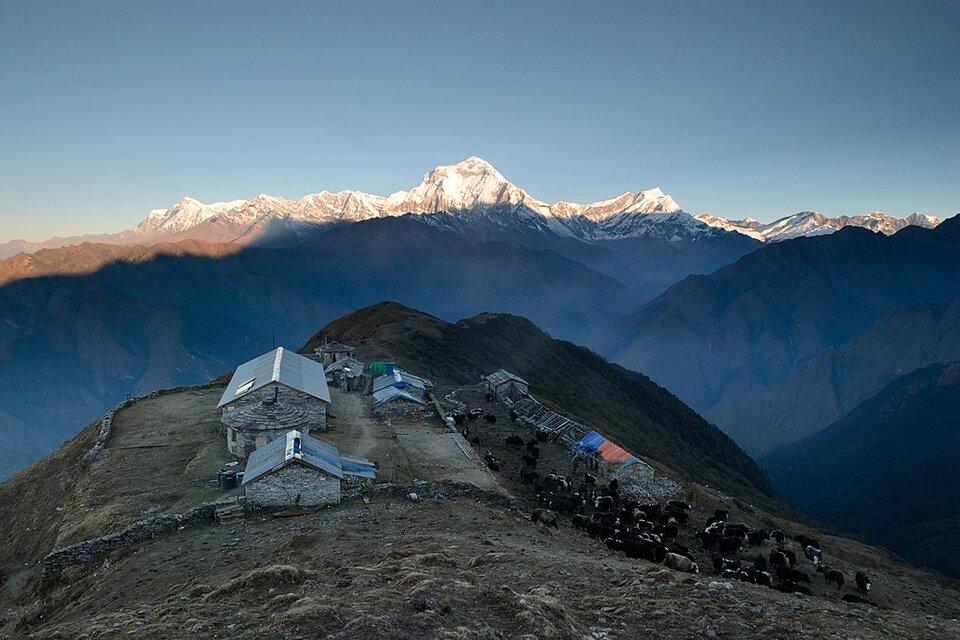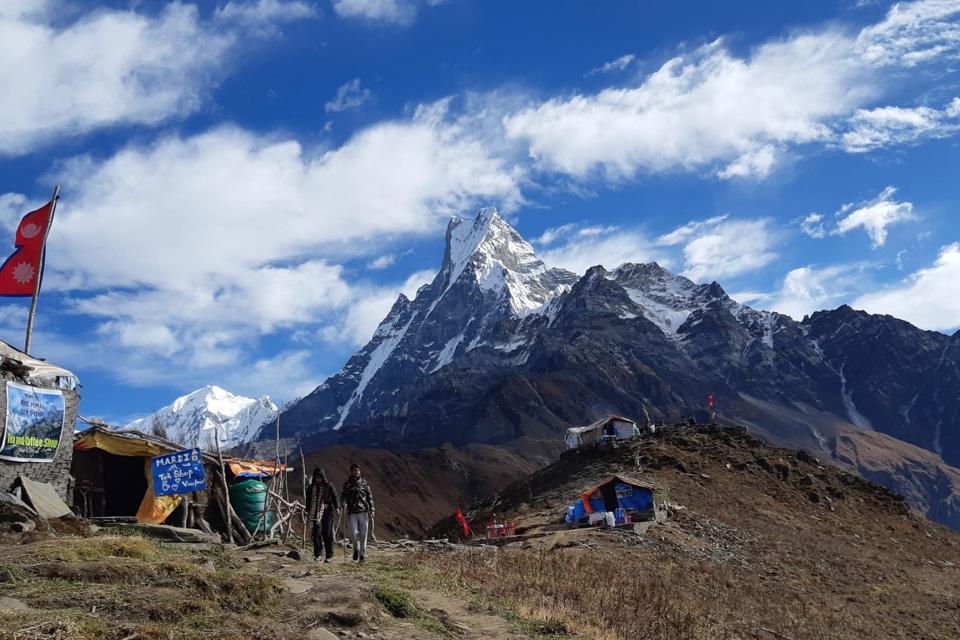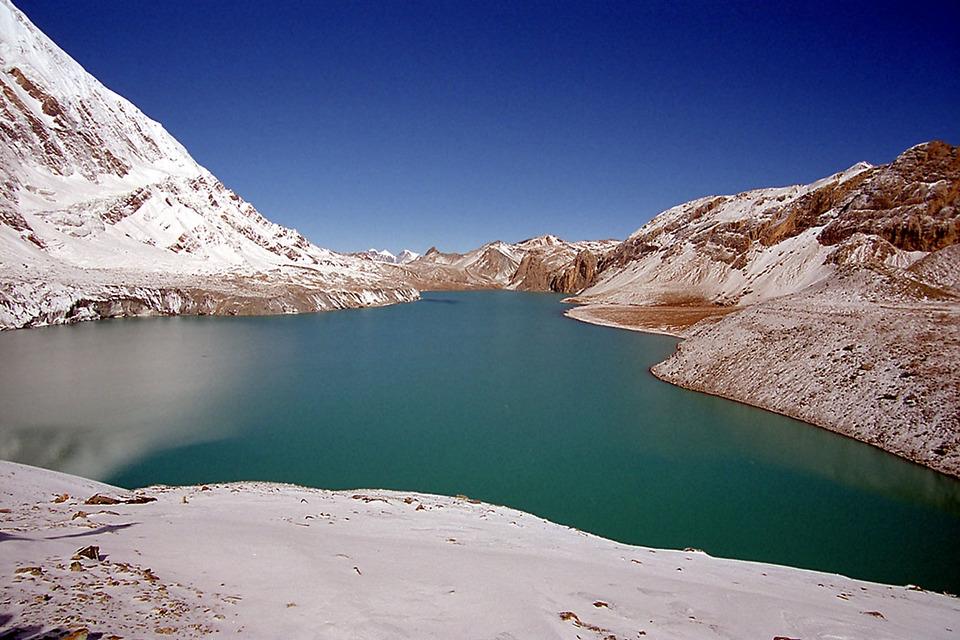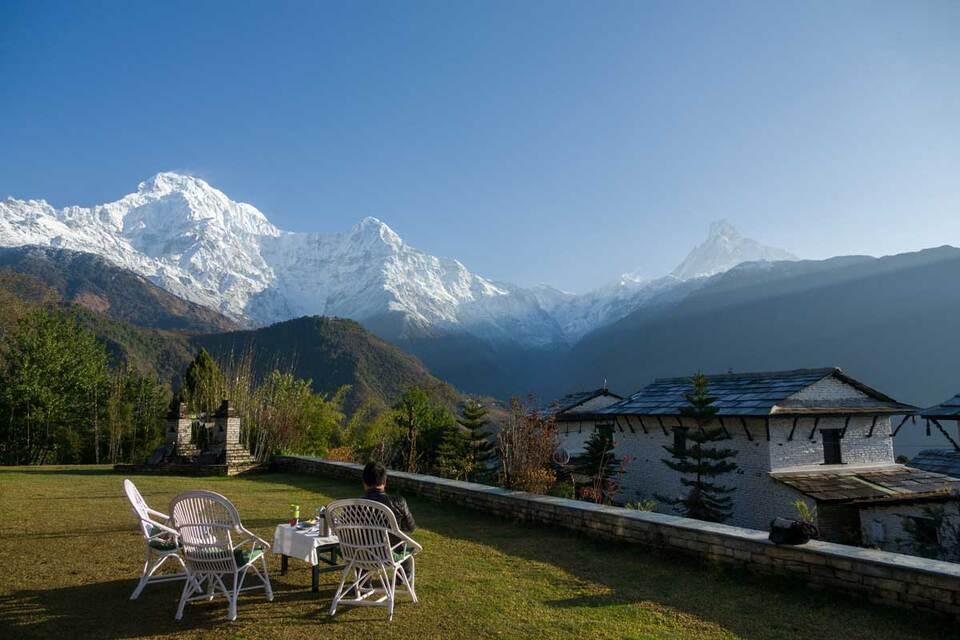Trekking in the Annapurna region is known for it’s spectacular scenic beauty, diverse landscapes and rich cultural heritage. Mount Annapurna is the tenth highest peak in the world located in the Annapurna region. The region is a distinct trekking region with treks ranging from easy-going hikes to strenuous and challenging adventures in the Himalayas.
Annapurna Base Camp trek is one of the most popular treks going to the foot of Mt. Annapurna I offering majestic Himalayan panorama all around. Annapurna Circuit trek is a strenuous trek involving crossing over the high mountain pass Thorong-La at 5,416 meters. Annapurna Circuit trekking trail offers breathtaking views of Annapurna I (8,091 meters), Dhaulagiri (8,167 meters), Machhapuchhre (Fishtail Mountain), and other majestic peaks.
Poon Hill at 3210 meters is the most popular Himalayan viewpoint closer to Pokhara City and can be reached via Ghorepani Poon Hill trek. Poon Hill provides awesome mountain panorama and watching the sunrise over the Himalayas from Poon Hill is a different experience.
Most trekking in the Annapurna region starts in the beautiful lakeside city of Pokhara. Pokhara can be reached either by overland drive or flight from Kathmandu. Pokhara is the natural wonder of Nepal and the start/end point of most of the treks in Annapurna.
Trekking in the Annapurna region
The Annapurna region is one of the most popular trekking destinations in Nepal offering treks suitable for all levels of trekkers. The trekking routes here provide hiking along the amazing landscapes, exploring traditional Nepalese villages and witnessing a great mountain panorama.
Where is it?
The Annapurna region is located in central Nepal and is adorned with spectacular natural beauty, towering snow-capped mountains, lush forests, diverse landscapes and popular trekking routes, including the Annapurna Circuit and Annapurna Base Camp. Trekking and mountaineering activities are popular in Annapurna attracting adventure enthusiasts globally.
How to get there?
To get to the Annapurna region, you must first get to Pokhara, since Pokhara is the gateway to the Annapurna region. Pokhara is another popular tourist destination in Nepal and a beautiful lakeside city. You can travel to Pokhara either by flight from Kathmandu (25 minutes) or by overland drive taking around 6-7 hours approximately. The trek to the Annapurna region begins after a scenic short drive from Pokhara to the trek-start-points like Nayapul, Phedi.
When to go?
The spring (March to May) and autumn (September to November) seasons are the best times to trek in the Annapurna region. In spring, it will be a mild weather with warm temperatures during the day though nights are cold. One great thing about trekking in the spring is that the rhododendrons are in full bloom adding vibrant colors to the landscape and hiking even more pleasant. The skies are generally clear, offering the best mountain views.
Autumn will have clear skies with pleasant temperatures making it enjoyable for trekking during the day. The visibility is at it’s best offering panoramic views of the snow-capped mountains.
Annapurna Trek Permit
Annapurna region has two trekking routes, one that is normal like Annapunra Base Camp trek, Ghorepani Poon Hill trek, and the other are remote and restricted zone like Upper Mustang trek which requires a special permit.
The normal trek routes require two permits, Annapurna Conservation Area Permit (ACAP) which costs NPR 3000 per person and the TIMS Card (Trekkers' Information Management System) which costs NPR 2000 per person. A special permit for visiting the region of Upper Mustang costs USD500 per person including the ACAP and TIMS card.
Altitude Sickness
Like the Everest region, the region of Annapurna is also located in the high Himalayas where altitude sickness can occur. Trekking routes here can go high above 5,000 meters such as crossing the Thorong La High Pass at 5,416 meters during the Annapurna Circuit trek. Similarly, Annapurna Base Camp is at 4,130 meters or Poon Hill (3,210m), Khayer Lake (4,660m), the View Point at Mardi Himal (4,500m) or Tilicho Lake (4,920m). Altitude sickness can happen hiking at this level of altitude, but better preparation and enough acclimatization are the key factors in avoiding altitude sickness.
Accommodations
Accommodation facilities in Annapurna range from basic to more comfortable ones. Most of the trekking routes in Annapurna have well-maintained lodging better known as tea- houses. Though a small lodging facility they are comfortable, cozy and perfect for an overnight stopover after a tiring hike of the day. Small villages might have basic lodges but bigger settlements/villages like Jomsom, Ghandruk, Ghorepani offer slightly more comfortable accommodations.

